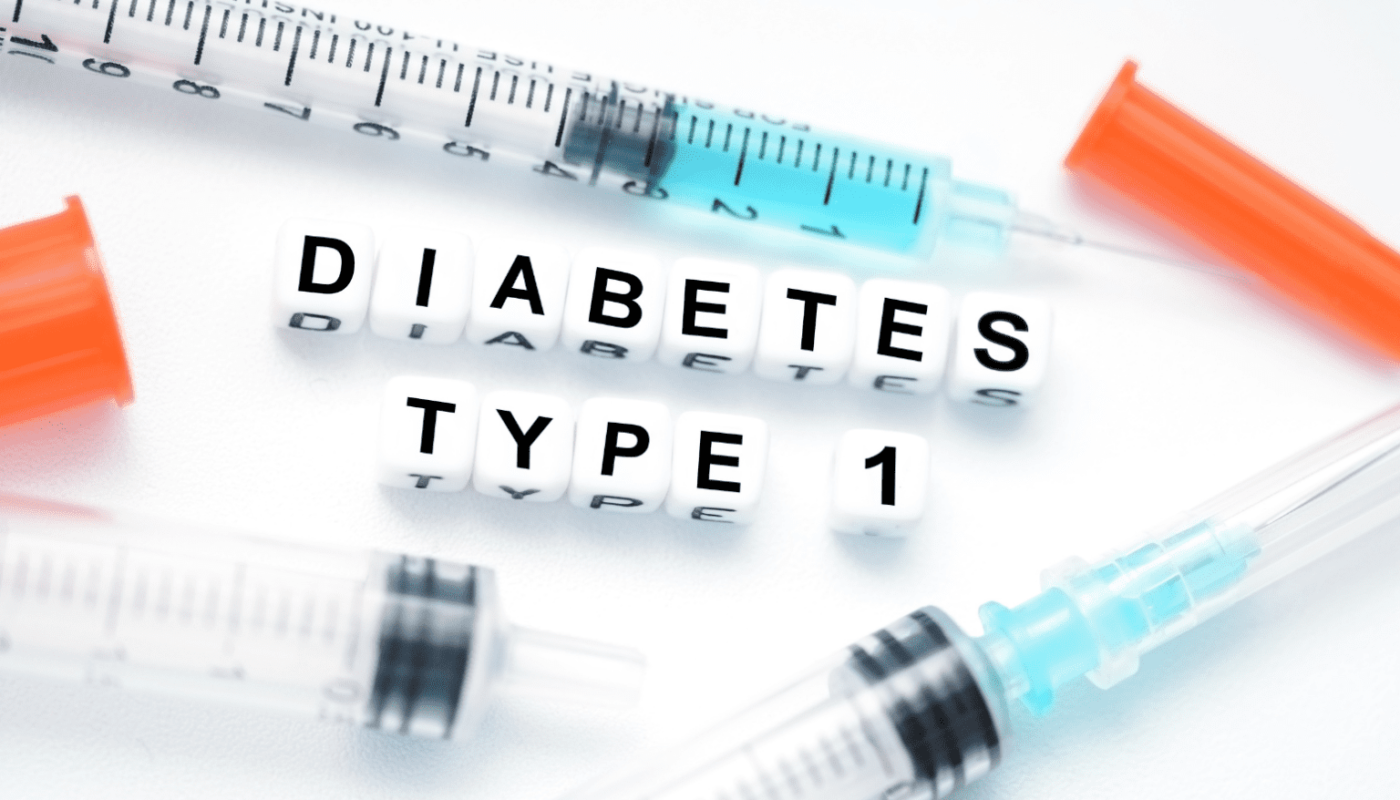Type 1 diabetes, previously known as juvenile diabetes, is an autoimmune disease where the body’s immune system attacks and destroys the insulin-producing beta cells in the pancreas. Without insulin, a hormone that regulates blood sugar, glucose builds up in the bloodstream instead of being used for energy. This can lead to serious health complications if not managed properly.
Causes of Type 1 Diabetes
The exact causes of these diabetes are still unknown, but genetics plays a major role. If a sibling or parent has diabetes, their children or siblings have a higher risk of also developing the condition. Researchers believe certain viruses or environmental triggers may activate the immune response in genetically predisposed individuals. However, Type 1 diabetes is rarely passed down directly from a parent and is usually diagnosed during childhood or adolescence.
Common Symptoms
The classic symptoms of Type 1 Diabetes often develop quickly over a matter of weeks. Some warning signs include increased thirst, frequent urination, unintentional weight loss, fatigue, blurred vision, and fruity smelling breath. In children, bedwetting when previously dry at night is also a telltale symptom. Untreated hyperglycemia or raised blood sugar levels leads to diabetic ketoacidosis – a dangerous complication where the body produces excess ketones and blood becomes too acidic.
Diagnosis and Treatment
A diagnosis of Type 1 diabetes is confirmed through blood tests showing high blood glucose levels and the absence of insulin. Daily insulin injections or an insulin pump are required for life to manage blood sugar. Monitoring blood sugar levels through finger pricks several times per day helps ensure levels remain in a safe target range. Along with insulin, people with Type 1 diabetes must follow a balanced diet plan and exercise routine tailored to their needs. Education on how to balance food, medication and activity is essential for long term management.
Risks of Poor Control
Out of control high or low blood sugar poses serious threats over time. Prolonged high blood sugar damages nerves, organs and blood vessels – significantly raising the risks of blindness, kidney disease, heart attacks and strokes. Nocturnal hypoglycemia or nighttime lows are also dangerous as a person may not wake up or quickly become confused. Maintaining stable levels through diligent self-care prevents or delays devastating long-term complications which remain the leading cause of death among people with Type 1 diabetes.
Living Well with Type 1 Diabetes
With careful disease management, people with Type 1 can lead fulfilling lives without significant limitations. Advances in insulin analogs, pumps, and continuous glucose monitoring allow for tighter control than ever before. A balanced lifestyle, proper nutrition, exercise and stress management all support insulin needs. Many prominent individuals live successfully with these diabetes through diligent self-care. Support from family, friends and the medical community also plays a big role in thriving rather than just surviving with the chronic condition. With ongoing medical attention and motivation to care for oneself, longevity and quality of life are above average.
In Summary
These diabetes arises from the immune system destroying insulin-producing cells. Genetics are a primary risk factor triggering an autoimmune reaction. Common symptoms of high blood sugar develop rapidly. Daily insulin replacement through multiple daily injections or an insulin pump allows people to manage their condition long term. With proper self-care, stable blood sugar levels prevent serious health issues. Ongoing advances promote increasingly independent and fulfilling lives for individuals living with diabetes type 1.



